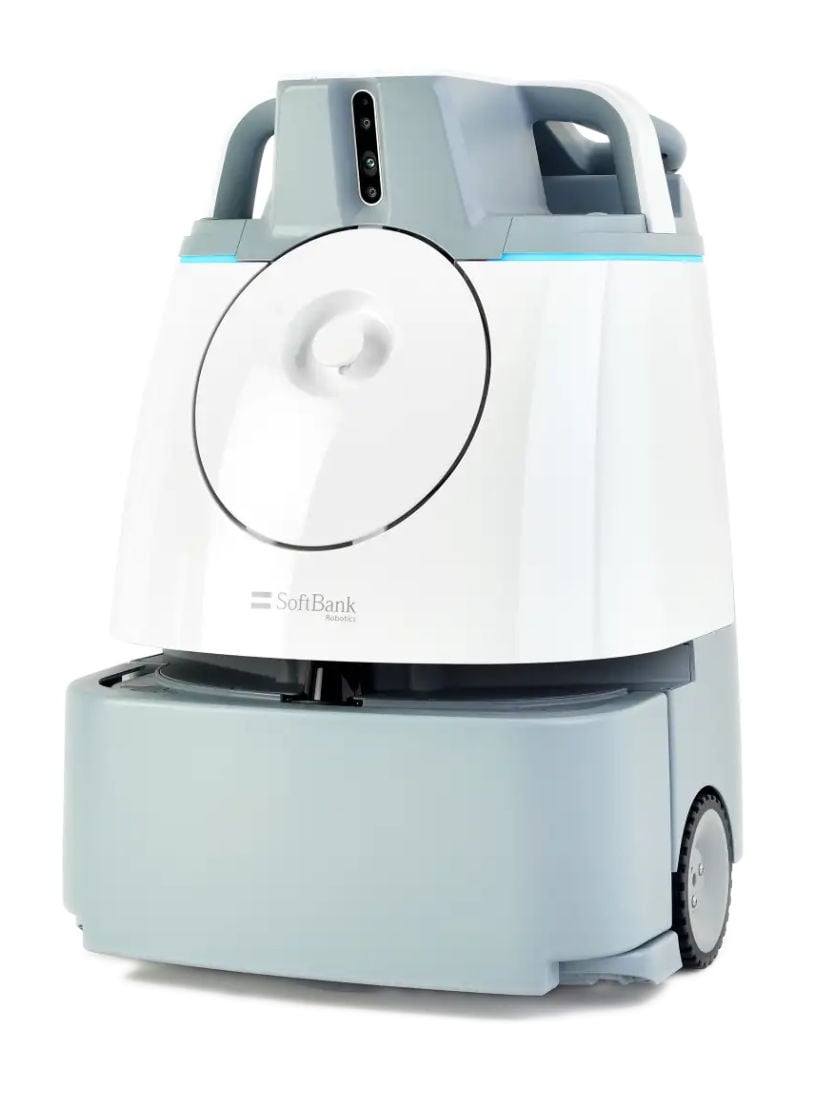Gallup conservatively estimates that the cost of replacing a single employee can range between one-half to two times the employee's annual salary. In industries such as cleaning services, where employee turnover might average near 200 percent, turnover becomes a huge — yet preventable — expense.
The cost of turnover includes the time and money spent advertising and recruiting new hires plus training, but it’s also much bigger than that. Turnover means spending time bringing new workers up to expected levels of productivity. It means managing morale for remaining staff watching countless coworkers move on to new work. And it means struggling to provide consistent customer service, which can have its own detrimental impact on your bottom line.
The first step to take in curbing employee turnover is to understand the problem. Talk to employees and train managers to ask questions about employees’ pain points. By understanding their frustrations, you can begin to build a retention strategy that meets your employees’ specific needs. The following five strategies may be a first step in slowing the flow of employees leaving your workforce.
Invest in star employees
Did you know that providing competitive compensation can be a cost-saver? Investing in your top-performing employees — those individuals who provide consistently excellent performance or who customers request by name — is a must for slowing turnover. Competitive wage and benefits are a great first step, but investment also may look like training opportunities, company outings, or creative perks that speak to staff’s needs.
Keep in mind, however, that you may need to be more ruthless about non-performers. CEO coach Cameron Herold suggests that holding onto an underperforming employee can cost a business as much as 15 times the employee’s annual pay. Bad employees can influence other workers into providing a less stellar quality of service or irritate your superstars to the point that they quit.
Make work meaningful
The 2018 Meaning and Purpose at Work report from BetterUp found that more than 9 out of 10 employees were willing to work for a lower pay in exchange for performing more meaningful work. If your employees don’t see the meaning in cleaning, you’ve dropped the ball. Take a page from Amy Wrzesniewski, a professor at the Yale School of Management, who set out to discover the secret formula for people who loved their jobs by interviewing hospital cleaning staff.
Wrzesniewski discovered a large portion of the janitorial staff described their work as demanding high skill and a critical part of patient care. Interviewees discussed the ways they went out of their ways to support patient care, down to selecting chemicals less likely to irritate specific patients. That group of cleaners didn’t identify as cleaning staff. Instead, they saw themselves as ambassadors for the hospitals.
Meanwhile, when Zach Mercurio, a meaningful work researcher and professor at Colorado State University, asked one janitor to share a moment when work was meaningful, the woman in question described a particularly distasteful task. What made the moment stand out were the dozens of people who took time to thank her for her hard work.
We’re not all here supporting patient care, but cleaning staff have an incredibly important role to play. It’s a matter of helping your staff see that and recognize them for every challenge they tackle.
Recognize great work
In a similar vein, Lance Witschen, president of 1ClassConsulting and Scout Management Solutions, writes that the leading complaint he hears from line-level cleaners comes down to a lack of respect. He reports hearing that customers see cleaners as “nonentities” in their daily activities, an observation that can leave people feeling devalued and on the search for more meaningful work. So the need to provide employee recognition becomes even more critical in the cleaning industry than other companies at large.
Managers have a major role to play here in recognizing good work. One Gallup survey showed that employees’ most memorable recognition comes from their manager (28%) followed by a high-level leader or CEO (24%). This recognition can come in a monetary form (think gift card or pay increase) but can also be as simple as public celebration of a job done well.
Automate and educate
By automating certain repetitive tasks, managers allow employees to focus on more value-added work. In the cleaning industry, robotic sweepers can achieve a consistent clean while employees focus on detail cleaning and high dusting and customer interactions. This can reduce monotony for your workers and limit the strain they experience from repeatedly performing the same tasks. After all, it’s that type of strain that can lead to injuries and aggravate your turnover rates.
However, it’s important to ensure workers understand that technology is not here to replace them, but support them. Workers fearing for their job will start weighing their employment options. But employees who see technology as an investment meant to make their job easier to do will feel more cared for at work.
Keep on training
Ongoing training is a great way to invest in your employees and keep them interested in sticking around. Data indicates that Millennials in particular value professional development opportunities as an opportunity for self-improvement. They’ll stay longer with employers that invest in their skillsets. This will also ensure your staff approaches tasks with a consistent approach.
For those employees looking for something more, consider exposing them to leadership or customer service training that can help them move into managerial roles within your company someday. Or consider connecting workers with equipment manufacturers to understand how to best use the tools that are part of their job.
It all comes down to respect
Ultimately, treating employees with compassion and respect, and creating an environment where people want to go to work is a great strategy for any company. But for turnover-intensive cleaning companies, it may be a critical strategy for setting your company apart from other potential employers.







